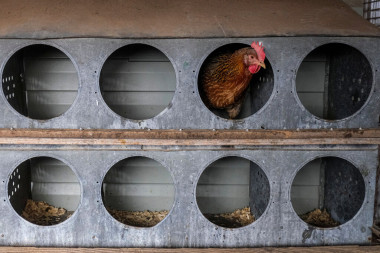Experimental Gene Therapy Enables Hearing in Five Children Born Deaf (hms.harvard.edu)
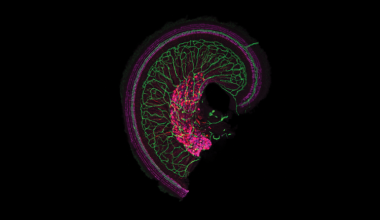
There have been multiple accounts created with the sole purpose of posting advertisement posts or replies containing unsolicited advertising.
Accounts which solely post advertisements, or persistently post them may be terminated.
This magazine is from a federated server and may be incomplete. Browse more on the original instance.

In these two new studies a new hypothesis for explaining the effectiveness of ECT as a treatment for depression symptoms proposes that ECT alleviates symptoms by increasing aperiodic activity, a type of electrical activity in the brain that doesn’t follow a consistent pattern and is generally considered to be the brain’s...
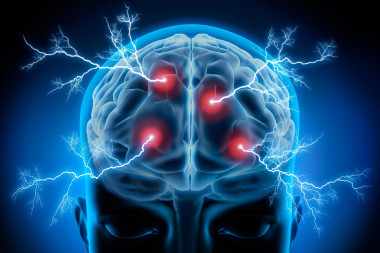





Scientists reveal unprecedented insights into human limb development, including the many intricate processes that govern their formation....

The research, published in the journal Molecular Cell, explores members of a family of proteins called serpins, which are implicated in a number of diseases. The research is the first to investigate how the location and composition of carbohydrates attached to the serpins ensure that they fold correctly. Serious...



Scientists have detected the most powerful cosmic ray seen in more than three decades. But the exact origin of this turbocharged particle from outer space remains a mystery, with some suggesting that it could have been generated by unknown physics....


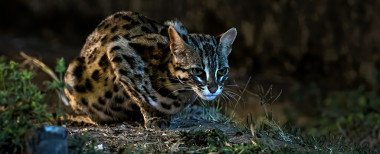
Haemoglobin is a key component of red blood cells, and transports oxygen across the body. However, a team led by Dr Feng Zhang and Dr Quiang Sun has discovered haemoglobin bodies (‘hedies’) in cartilage chondrocytes. They also saw that hedies are essential for chondrocyte survival, and that they store and release oxygen as...


Rich, high-fat foods such as ice cream are loved not only for their taste, but also for the physical sensations they produce in the mouth — their ‘mouthfeel’. Now scientists have identified a brain area that both responds to the smooth texture of fatty foods and uses that information to rate the morsel’s allure, guiding...
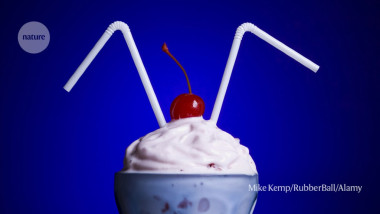
Startups are harnessing the fast-growing “roots" of mushrooms for sustainable alternatives to leather, packaging, building materials, and meat. Mycelium’s versatility makes it a prime candidate to displace many harmful mainstream materials — especially for a more conscious future. However, scaling production and costs...
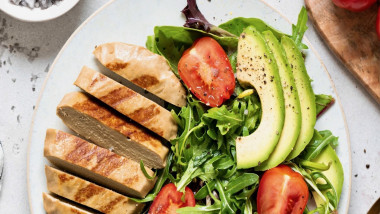


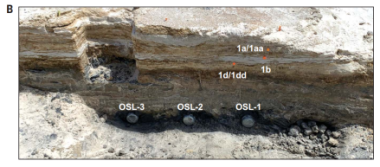
Scientists Use CRISPR to Make Chickens More Resistant to Bird Flu. Avian flu has killed countless farmed and wild birds. Scientists worry that it could acquire mutations that help it spread more easily among humans, potentially setting off a pandemic. This new study highlights both the promise and the limitations of gene editing
